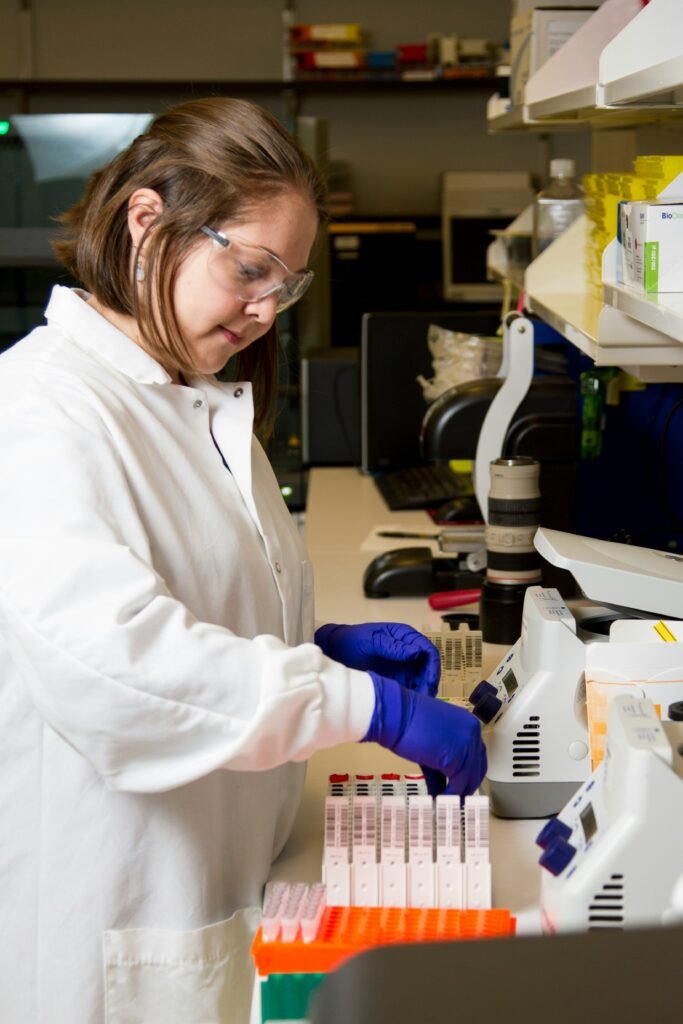Airports today face growing challenges with increasing passenger numbers and heightened demands for safety and efficiency. The Internet of Things (IoT) is revolutionizing how airports operate, creating smarter, more responsive environments that benefit both passengers and staff.
Modern airports are implementing IoT services to address these challenges head-on. Have you noticed how much quicker things are at the airport? New technology is making every step, from check-in to takeoff, flow incredibly well.
Enhancing Passenger Experience
Improving the passenger journey is a priority for airports. IoT tools present multiple paths to get this done. Tiny sensors show you the way, making check-in, security, and boarding simple. No one likes waiting, so these sensors broadcast live line sizes, helping people skip the long queues.
Optimizing Baggage Handling
Baggage handling is another critical area where IoT makes a difference. Smart tags equipped with wireless technology allow luggage to be tracked throughout its journey. Picture this: your luggage arrives right with you, every time. No more anxious waits, just smooth travel. Staff at the airport get tasks done faster, and automatic messages flag trouble for quick fixes. This accelerates workflow while decreasing operational costs.
Increasing Security Measures
Security remains a top concern at airports. Security gets a big boost from IoT without adding extra hassle for travelers. Smart security cameras watch large spaces and quickly spot anything out of place. Access control becomes much smoother with smart technology, as biometric scanners and smart ID cards make sure that only authorized personnel can enter restricted areas. You’ll worry less about intruders, and everyone stays safer.
Improving Maintenance Operations
Airport infrastructure requires constant maintenance. Smart tech spots maintenance needs early, stopping sudden equipment failures. Small sensors watch all machines closely and send quick alerts if anything seems out of place. This smart way of handling maintenance cuts down on how often airport operations stop and makes all equipment last much longer. When everything is well-kept, travelers can feel secure and enjoy their experience without worry.
Advancing Air Traffic Management
Efficient air traffic management is crucial for airport operations. According to the Federal Aviation Administration, connected technology helps move planes both on the ground and in the air. Advanced radar and communication systems provide real-time data directly to air traffic controllers, improving their ability to make critical decisions.
These systems determine the smartest routes for planes to fly and organize all runway activity. This means fewer delays for passengers and a significant drop in jet fuel consumption. When pilots and ground teams work together effectively, every flight launch and landing happens perfectly.
Reducing Environmental Impact
Airports are increasingly focused on sustainability. IoT systems do help the environment by implementing intelligent energy systems that automatically control lights and heating, reacting instantly to fresh data.
Smart waste management systems make bins signal when they’re full, helping staff handle trash removal much faster. We’re actively working to shrink the airport’s carbon footprint, making our whole space much friendlier to the planet.
Facilitating Data-Driven Decisions
Data plays a crucial role in airport management. IoT systems provide tons of data, so you clearly see how everything operates. These facts guide smart choices, making work faster and service better.
Knowing how many people will pass through and what supplies they’ll require lets airports put their staff and equipment exactly where they’re needed. You’ll see planning become clearer, and operations will just hum along.
Challenges and Considerations
Despite its benefits, IoT implementation comes with challenges. Because computers are linked, they’re open to online attacks, making security a big worry. Good online security protects private information and builds trust.
Connecting new tools with existing setups needs smart planning. Airports must make sure new smart tech works smoothly with their current equipment to keep things running. You’ll want to make sure your team gets proper training, allowing them to quickly get comfortable with any new tools.
Conclusion
The potential of IoT in airports is immense. With technology moving ahead, we’ll see cool new developments that will make operations super efficient and really please everyone traveling. Imagine how much smarter airports will get when technology providers and airport staff truly collaborate. Connected devices are completely changing airport work by making travel smoother, operations quicker, and security tighter. This helps build a future that’s both productive and sustainable.




















